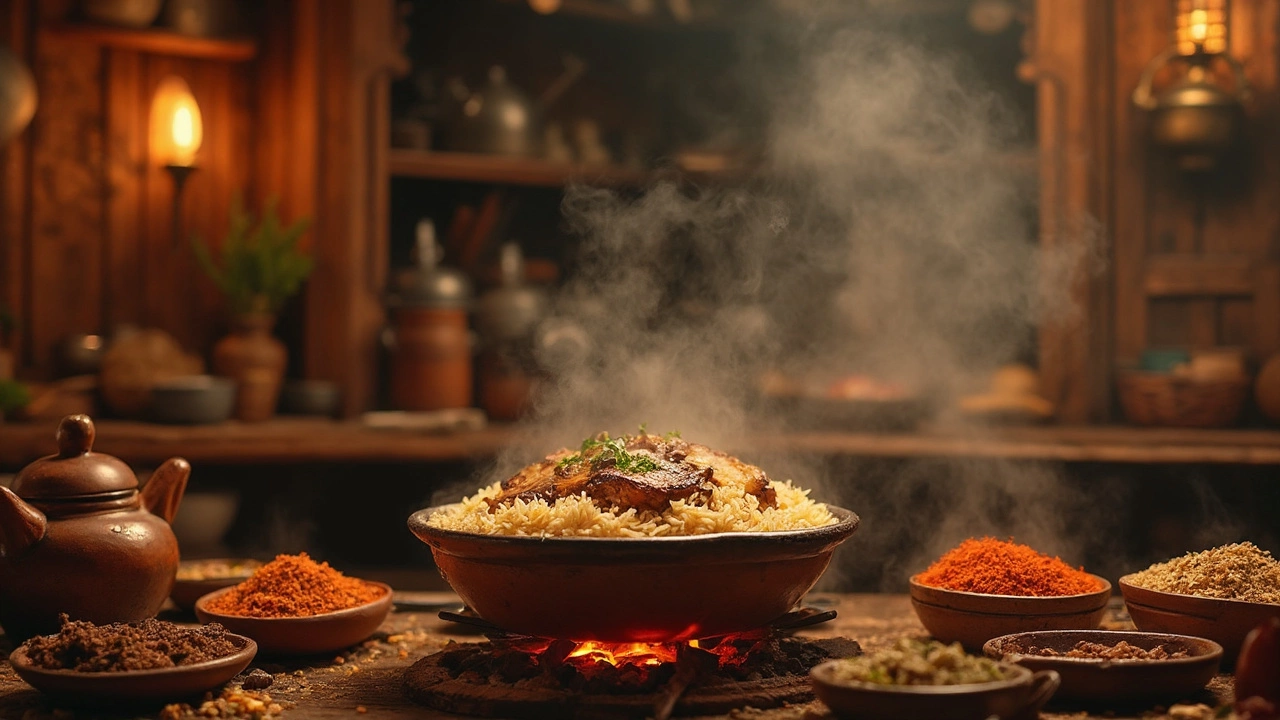Mastering Cooking Time: Simple Tricks for Faster, Tastier Meals
Ever opened the oven and realized your dish is still raw, or pulled a pot off the stove only to find it overcooked? Most of those mishaps come down to one thing: misreading cooking time. The good news is you don’t need a culinary degree to get it right. A few practical habits can turn guesswork into precision, and you’ll notice the difference in flavor, texture, and confidence.
Use the Right Timer, Not Just a Guess
Phones, smart speakers, and even kitchen timers are cheap, but they’re only as good as the way you set them. When a recipe says “simmer for 20 minutes,” start the timer **as soon as the liquid reaches a gentle boil**. Don’t wait for the pot to bubble loudly – that extra minute can dry out veggies or make rice mushy. If you’re multitasking, label the timer (e.g., “dal 30‑min”) so you know which dish it belongs to without checking every few minutes.
Adjust for Size, Altitude, and Equipment
Cooking time isn’t a one‑size‑fits‑all number. A small batch of chutney will finish in half the time a large pot needs. Higher altitudes lower boiling points, so soups may need a few extra minutes to thicken. Likewise, a heavy‑bottomed pan distributes heat evenly, often shortening the time compared to a thin skillet that creates hot spots. When you switch cookware, add or subtract 5‑10 minutes and taste‑test early.
One trick pro cooks swear by is the "finger test" for rice and grains. Once the water’s absorbed, fluff a small spoonful; if the grains are firm in the center, give them another 2‑3 minutes. This quick check saves you from overcooking and keeps rice fluffy – a common problem in biryani attempts.
For baked goods, use a toothpick or skewer method. Insert it into the center; if it comes out clean or with a few crumbs, the cake is done. If you see wet batter, add 2‑3 minutes and re‑check. This method cuts down on the nervous habit of opening the oven every few minutes, which drops temperature and extends baking time.
When you’re dealing with layered dishes like biryani, remember that the top layer often cooks faster. Cover the pot with a tight‑fitting lid or foil for the first half, then remove it to let the steam escape and the top brown. This staged approach balances moisture and crispness without extra guesswork.
Don’t forget to factor in resting time. Many recipes, especially meats and curries, continue cooking once removed from heat. Letting a biryani rest for 10 minutes lets the spices settle and the rice finish steaming, giving you perfect texture without extending the active cooking period.
Finally, keep a cooking log. Jot down the actual time it took for each dish, the size of the pan, and any adjustments you made. Over time you’ll build a personal cheat sheet that makes future cooking faster and more reliable.
Mastering cooking time is less about fancy gadgets and more about paying attention to clues – bubble size, steam, color, and texture. Apply these simple habits, and you’ll stop second‑guessing your meals, serving plates that are spot‑on every time.
Why Does Biryani Take So Long to Cook?
Biryani, a dish loved by many, is notorious for its lengthy cooking time. This article explores the reasons behind the slow cook process. Learn about the layers of flavors, the technique of 'Dum,' and the importance of patience in bringing out its authentic taste. Discover practical tips to manage the cooking time without sacrificing quality. Read on to uncover why this dish is worth the wait.
